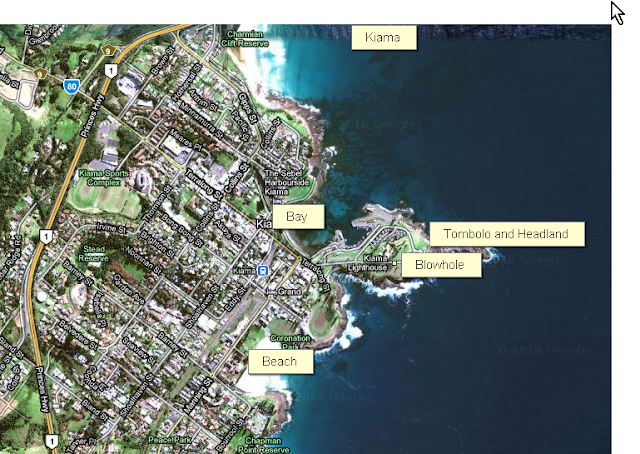1. The problem which lead to the TRESB Project
The problem that lead to the TRESB project was that the entrance to the Tweed River had become a hazard to shipping due to the build up of sandbars in the river mouth. Various attempts to fix the problem such as breakwaters and frequent dredging became uneconomical and impractical. The breakwaters created sand build up and the periodical sand dredging of the river mouth became to expensive. Therefore this lead up to the creation of the TRESB project.
2. The solution to the problem.
The solution to the problem came with the cooperation of the state government and local council with the community. The Tweed River Entrance Sand Bypassing Project became one of the most successful examples of how people can implement management schemes that replicate natural processes. They replicated the process of long shore transportation in removing sand from a jetty and moving it up the coast to beaches for sand replenishment.
3. The result of the project. What areas were effected and how? Do you think that it was a success?
The TRESB project became the most successful coastal management strategy implemented in Australia. By bypassing the mouth of the Tweed River, the build up of sand and silt in the river mouth lessened and became wider creating zero hazards for shipping. The whole of Tweed Heads and Coolangatta was affected by this as they created a way of replenishing the sand of beaches in the area. People of Tweed Heads had to sacrifice the aesthetics of having a sand pumping jetty for a wide, deep and clean river mouth. The scheme was the most successful project implemented in Australia. I think it has been a great success for Australian coasts and could lead to much more in coastal development.



















